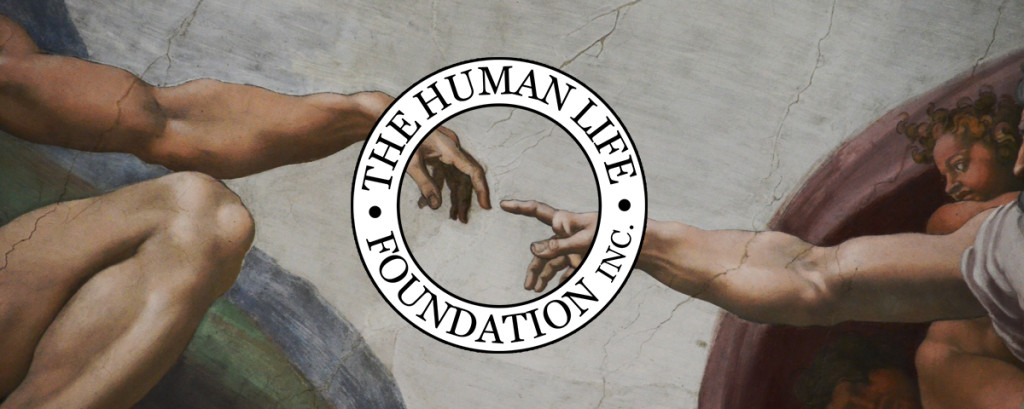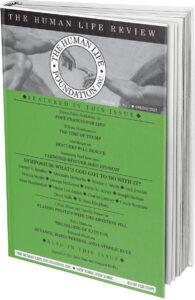Be Careful What You Wish For
You know what killed Roe v. Wade? Roe v. Wade. New York State legalized abortion in 1970, and it didn’t need the Supreme Court to do it; it already had the option because of states’ rights. Hawaii was actually first, but its law had residency requirements whereas New York’s did not—it was “come one come all.” Washington and Alaska legalized abortion too, but also with residency requirements. And thirteen other states had already chosen to liberalize their abortion laws. States that still prohibited it had save-the-life-of-the-mother exceptions, of course. The way things were going on their own has led some trend watchers to credibly opine that either by the late 70’s or early 80’s abortion would have been legal in the majority of states—without Roe. Not only would this have eliminated the constitutional fragility that ultimately contributed to Roe’s undoing, i.e., the unconstitutional violation of states’ rights, it also would have made unnecessary the convoluted mental gymnastics the 1973 Supreme Court exercised in (mis)interpreting the 14th Amendment in order to make abortion legal.
The 14th Amendment proclaims in part that no state shall deprive any “person” of liberty. The justices declared that the “unborn” were not “persons” and so not protected by the Constitution. Actually, at the time Roe was decided several states recognized unborn children as persons under property, tort, and criminal law, including Texas, the state whose abortion ban was before the Court. Texas argued that “the fetus is a ‘person’ within the language and meaning of the Fourteenth Amendment.” In response, Justice Blackmun said: “If this suggestion of personhood is established, the appellant’s case, of course, collapses, for the fetus’ right to life would then be guaranteed specifically by the Amendment.” After noting that to recognize the personhood of unborn children would tank the pro-abortion argument, Blackmun concluded that “the word ‘person,’ as used in the Fourteenth Amendment, does not include the unborn.” Really! There’s nothing in the United States Constitution about whether the unborn are, or are not “persons,” so let’s err on the side of barbarity!
What made them hell-bent on pushing Roe through at the cost of established jurisprudence, so much so that two of the seven justices in the majority, Lewis Powell and Warren Burger, later changed their minds and regretted what they had done? If you believe your liberal bible, it goes like this, as per former New York state senator Manfred Ohrenstein, a Democrat who represented Manhattan: l: “We were living in a time of enormous change . . . There was the women’s movement, which was really bringing the abortion issue to a crescendo. It was the end of the civil rights era, and we viewed this as a civil right.” Right. There was also the manufactured panic that 10,000 women a year were dying from illegal abortions, a massive exaggeration that is still promoted today. But was the women’s movement, with its rusty-coat-hanger optics and “My body, my choice” rhetoric, all that was motivating the Supreme Court? Might the justices have feared that the sexual liberation movement was on a collision course with the “population explosion” panic, and this is what made them jump the gun? Jehoshaphat! Today’s youth are f**king like minks and we’re overcrowded as it is! What to do, what to do! Hmmm (stroke the beard, furrow the brow). Aha! Let the women “take care of it.”
Now this manifestly anti-feminist solution had to be sold to the public as pro-woman. Initially packaged as a way to keep poor women from dying in back-alleys, once it became legal, abortion was elevated to being a necessary tool for personal empowerment. Today it is heralded as a “social good” —an inherent civil right implicit in our Constitution.
There’s a relatively new phrase to describe an expectant couple. Instead of “my wife and I are having a baby,” now it’s “we are pregnant.” Getting past the absurd visual it conjures, hey, if this is meant to inspire more paternal involvement once the baby comes, say, changing the dreaded diaper, bravo! But there’s a deeper truth therein. Yes, she carries the baby and delivers the baby, but it’s the man’s baby too, even if she is doing the heavy lifting. This is annoying, but it’s an unavoidable fact.
Now, does a citizen indeed have a constitutional right to end an unwanted pregnancy? Women have been programmed to scream Yes—in the streets, from the mountaintops, in the voting booth. And although abortion is odious in practice, logic compels me to admit that in a pluralistic, democratic society an argument can be made for it being accommodated, as long as it meets the criteria of being pluralistic and democratic. Which means both men and women would have that civil right. It’s the man’s baby too, so technically he has the right to bring a lawsuit if she doesn’t want to get rid of it but he does (or conversely, if he wants it but she doesn’t). So, if women are going to claim abortion is a citizen’s constitutional right . . . Be careful what you wish for. Not that anything like this would ever get within a hundred miles of becoming law, it would be grotesque overreach, and besides, any man who would actually claim this right would be a bum and the world would hate him. I’m just trying to illustrate a point, and I’m almost there.
Wouldn’t we be a better people today if, fifty years ago, when Roe became law, or failed to become law, that either way the argument for legal abortion had been couched in the recognition that in a pluralistic, democratic system it’s—as odious as it may be—within the purview of a citizen to abort. But, in order to be truly pluralistic and democratic, society had been careful to caution that there were three parties involved and vigorously exhorted both sexes to adopt this motto: Abortion is legal. Live like it isn’t.
I wish.











I’m glad that someone recognized a father’ s rights . The pro abortion movement has pushed men out of the equation and made it easier to abandon mothers .